What is Paperboard?
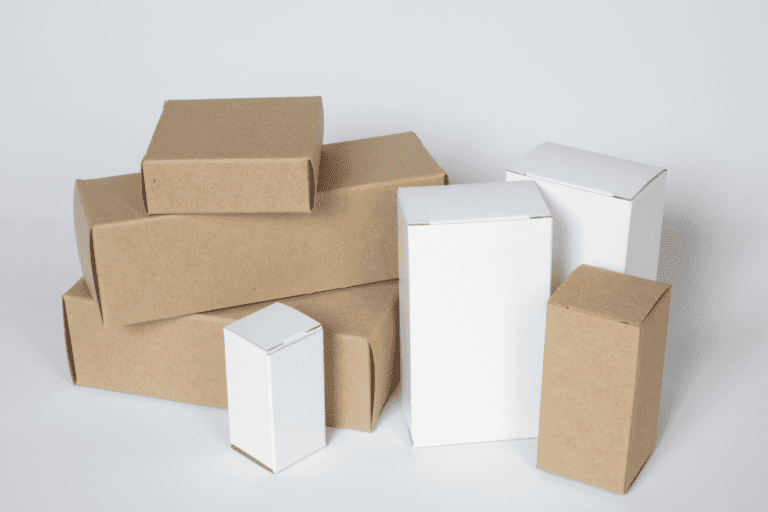
Paperboard, often referred to as cardboard, is a versatile and durable material made from layers of compressed paper fibers. It is thicker and sturdier than regular paper, providing strength for packaging and various applications. Commonly used in product packaging, including boxes, cartons, and displays, paperboard is customizable, eco-friendly, and easily printable. Its properties make it ideal for protecting and presenting goods, while its composition ensures it remains recyclable and biodegradable, contributing to sustainable packaging solutions.
Also Read: Types of Paperboard
What is a Coated Paperboard?

Coated paperboard is a type of paperboard that has been treated with a coating to enhance its properties and appearance. The coating is typically applied to one or both sides of the paperboard and can be made from various materials, such as clay, latex, or other chemicals. This coating improves the paperboard’s surface smoothness, brightness, printability, and overall visual appeal. It allows for better ink adhesion and color reproduction, making coated paperboard well-suited for high-quality printing and packaging applications where a polished and vibrant finish is desired. It’s commonly used for items like product packaging, book covers, magazines, and promotional materials.
Also Read: Types Of Kraft Papers And Its Uses
Uses of Coated Paperboard
Coated paperboard finds a wide range of uses due to its enhanced properties and visual appeal. Some of the common applications include:
- Packaging: Coated paperboard is often used for packaging various consumer goods such as cosmetics, electronics, food items, and luxury products. Its smooth surface and ability to hold vibrant colors make it suitable for creating eye-catching packaging designs.
- Printing: It’s commonly used for high-quality printing projects such as brochures, catalogs, magazines, and promotional materials. The coating allows for sharp images, vivid colors, and fine details, making it ideal for showcasing products or conveying information effectively.
- Point-of-sale Displays: Coated paperboard is frequently used for creating point-of-sale displays, stands, and signage in retail environments. Its ability to hold intricate designs and bright colors helps attract customer attention.
- Book Covers: Many hardcover books and journals use coated paperboard for their covers. The coating enhances the appearance and durability of the cover, giving it a professional and appealing look.
- Game Boards and Puzzles: Coated paperboard is used for creating game boards, puzzles, and educational materials due to its durability and ability to hold complex graphics.
- Greeting Cards and Invitations: The smooth and printable surface of coated paperboard makes it an excellent choice for creating greeting cards, invitations, and other personalized stationery.
- CD/DVD Packaging: Coated paperboard is often used for CD and DVD packaging due to its ability to showcase detailed artwork and provide a protective cover for the discs.
- Laminated Products: Coated paperboard can be laminated with plastic or other materials to create durable and moisture-resistant products, such as food containers or packaging for perishable goods.
What is an Uncoated Paperboard?

Uncoated paperboard, also known as uncoated cardboard, is a type of paperboard that lacks the smooth and glossy coating typically found on coated paperboard. Unlike coated paperboard, which undergoes a coating process to enhance its properties, uncoated paperboard retains its natural texture and appearance. It is made from layers of paper fibers that are compressed together to form a sturdy and relatively thick material.
Uses of Uncoated Paperboard
Some common uses of uncoated paperboard include
- Crafts and DIY Projects: Uncoated paperboard is popular in crafting due to its natural texture. It’s used for making greeting cards, scrapbooking, and various DIY projects where a handmade and textured appearance is valued.
- Notebooks and Journals: Many notebooks, sketchbooks, and journals use uncoated paperboard for their covers. The tactile quality of the uncoated surface can add to the writing or drawing experience.
- Packaging with a Natural Look: Uncoated paperboard is chosen for packaging where a more natural and environmentally friendly appearance is desired. It’s often used for eco-friendly product packaging.
- Tags and Labels: Uncoated paperboard is suitable for creating hangtags, labels, and price tags for products where a rustic or organic aesthetic is appropriate.
- Printed Materials with a Vintage Feel: When a vintage or retro look is desired, uncoated paperboard can be used for printing materials such as posters, event invitations, and promotional materials.
- Education and Crafts for Children: Uncoated paperboard is often used in educational materials and crafts for children due to its safety, ease of handling, and versatility.
Difference between Coated and Uncoated Paperboard
Here’s a table summarizing the key differences between coated and uncoated paperboard:
| Aspect | Coated Paperboard | Uncoated Paperboard |
| Surface Texture | Smooth and glossy due to the coating layer. | Natural, textured, and typically rougher surface. |
| Appearance | High sheen and vibrant colors. | Softer, more muted colors with a rustic appearance. |
| Print Quality | Excellent color reproduction and sharp images. | Colors may appear softer; details might be less defined. |
| Ink Absorption | Coating resists ink absorption for sharper prints. | Absorbs ink, leading to a more subdued look. |
| Texture | Lacks the tactile texture of uncoated surfaces. | Offers a tactile, organic, and sometimes grainy feel. |
| Applications | High-quality packaging, printing, and promotional materials. | Crafts, rustic packaging, vintage-themed materials. |
| Durability | More resistant to moisture and wear due to coating. | Generally less resistant to moisture and wear. |
| Eco-Friendliness | May be less environmentally friendly due to coatings. | Often considered more eco-friendly and biodegradable. |
| Cost | Tends to be more expensive due to the coating process. | Often more affordable due to the lack of a coating process. |
FAQs
- What is paperboard?
Paperboard is a thick and sturdy material made from compressed layers of paper fibers. It’s used for packaging, printing, and various applications due to its strength and versatility.
- What is the difference between coated and uncoated paperboard?
Coated paperboard has a smooth and glossy surface due to a coating layer, providing vibrant colors and sharp prints. Uncoated paperboard has a natural and textured surface, offering a more subdued appearance with a tactile feel.
- Where is the coated paperboard used?
Coated paperboard is used for high-quality packaging, printing materials like brochures and magazines, and promotional items due to its vibrant colors and sharp print quality.
- What are the applications of uncoated paperboard?
Uncoated paperboard is used for crafts, notebooks, tags, labels, and packaging that aims for a more rustic or eco-friendly appearance.
- Which is more eco-friendly: coated or uncoated paperboard?
Uncoated paperboard is generally considered more eco-friendly as it lacks the added coating layers that can impact recyclability. It’s often biodegradable and offers a more natural look.
- Is coated paperboard more durable than uncoated?
Coated paperboard can be more resistant to moisture and wear due to its coating layer, making it suitable for applications requiring better protection.
- Which type of paperboard is more cost-effective?
Uncoated paperboard is typically more affordable due to the absence of coating processes. Coated paperboard may have higher production costs.
- Can I print on both coated and uncoated paperboard?
Yes, you can print on both types of paperboard. Coated paperboard offers sharper print quality, while uncoated paperboard might result in softer and more organic-looking prints.
- What are common uses for coated paperboard?
Coated paperboard is used for packaging luxury items, high-quality printing projects, point-of-sale displays, and materials requiring vibrant colors and fine details.
- What are common uses for uncoated paperboard?
Uncoated paperboard is used for crafting, notebook covers, tags, labels, eco-friendly packaging, and materials aiming for a rustic or vintage aesthetic.
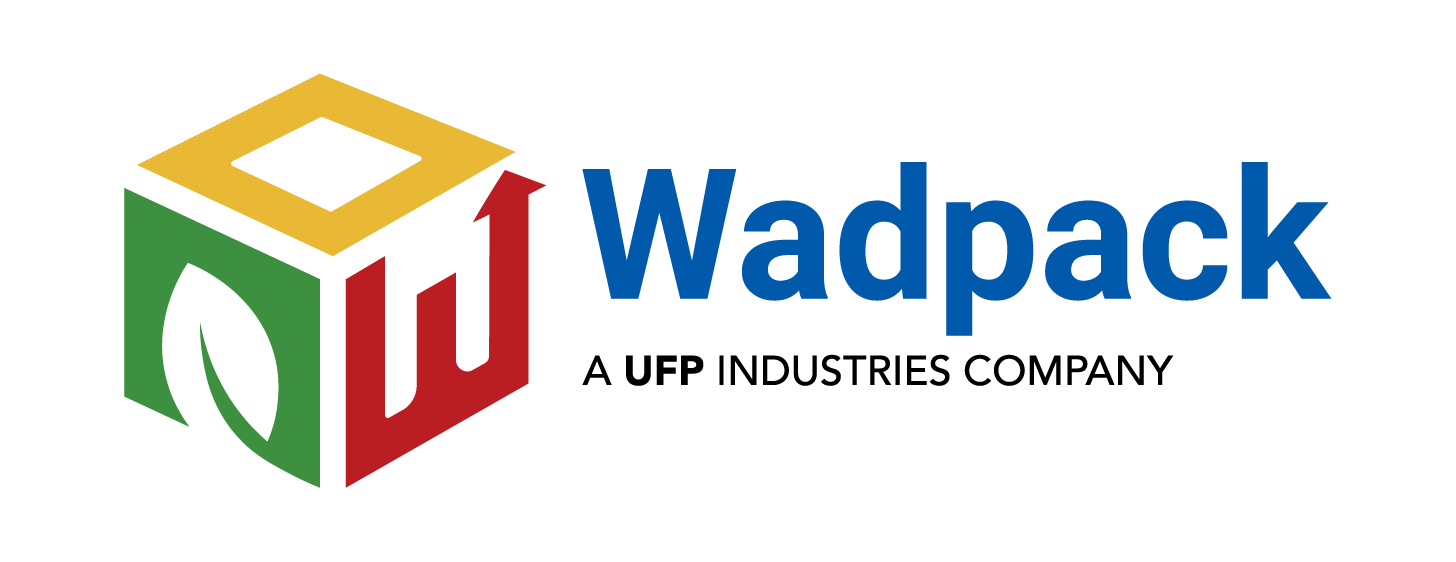
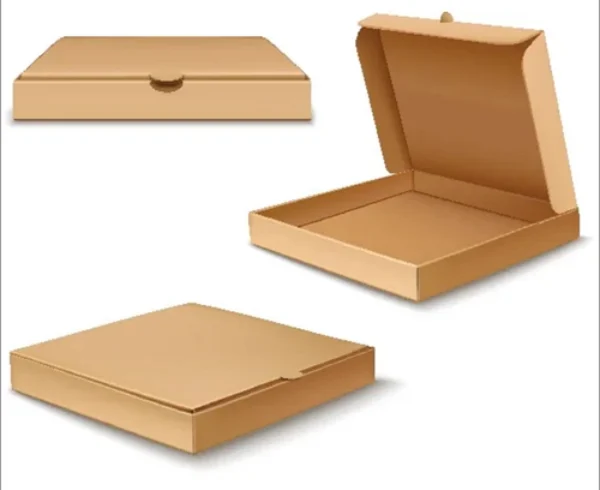
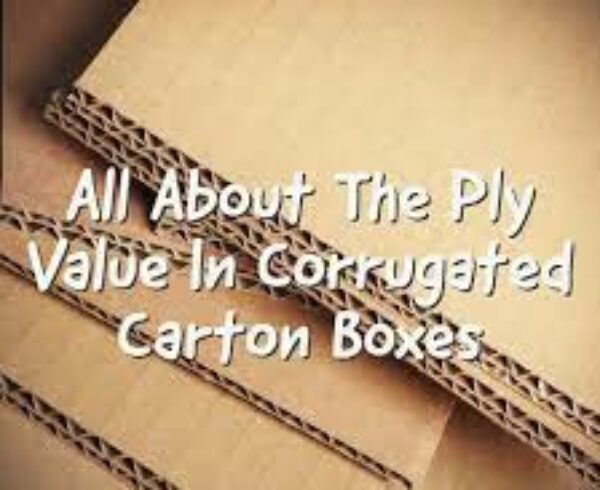
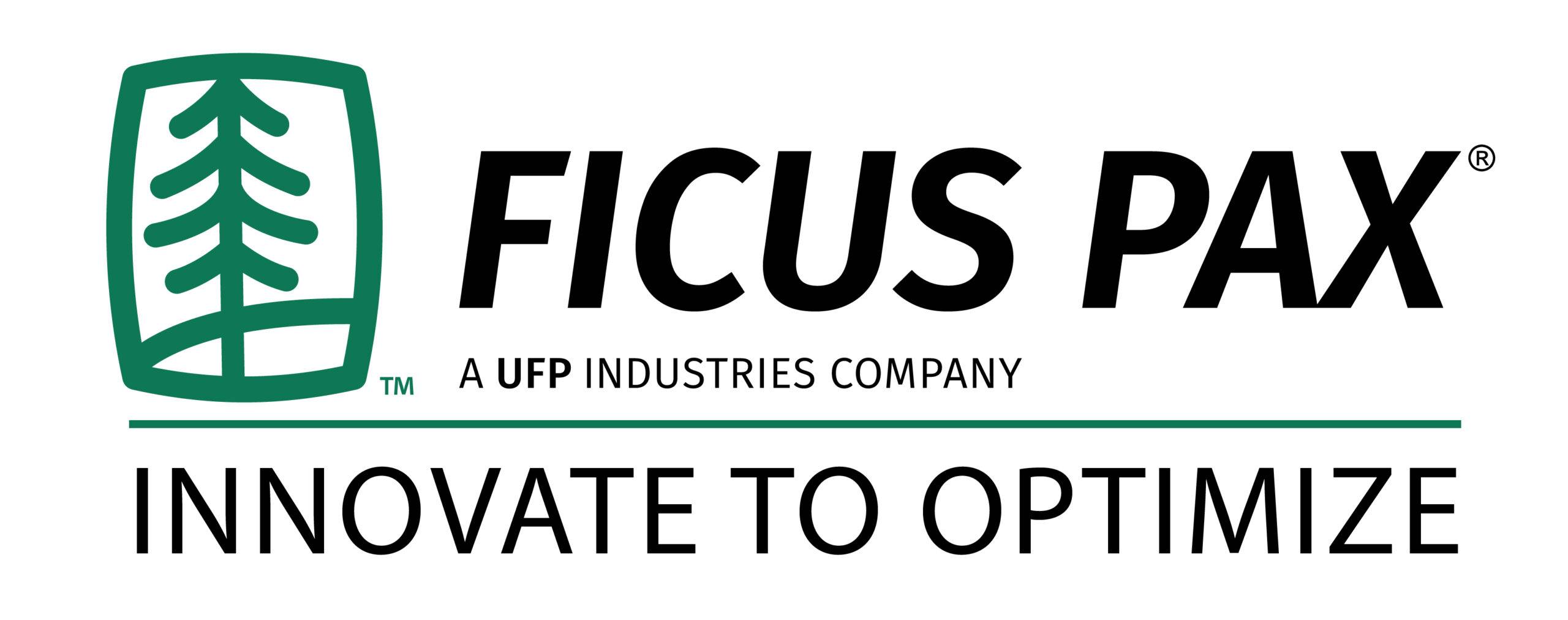
Leave a Comment